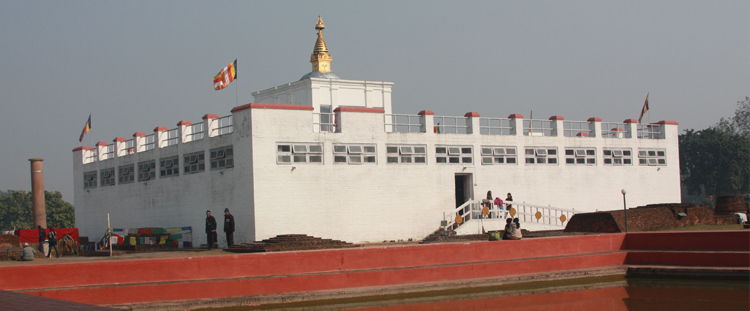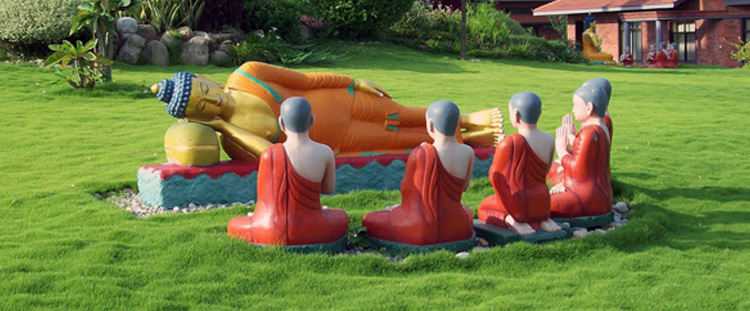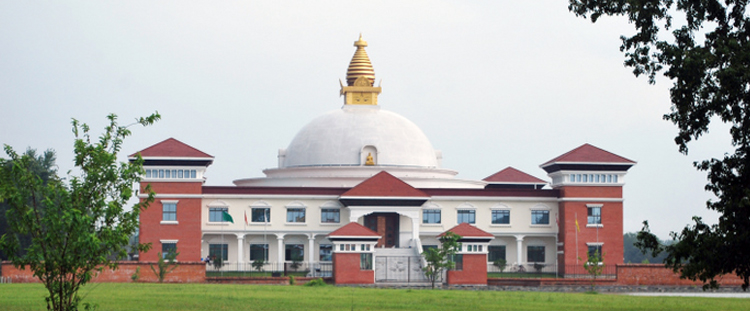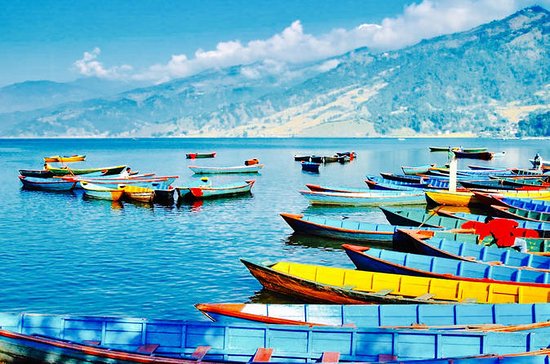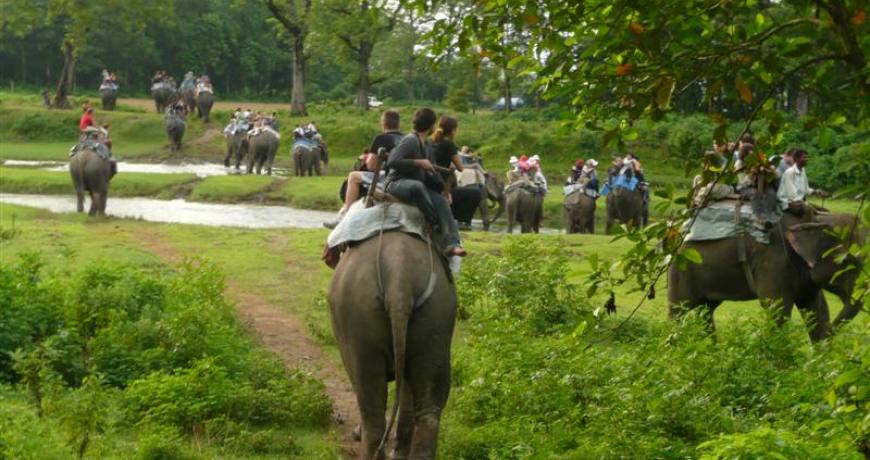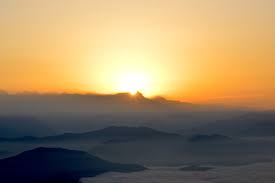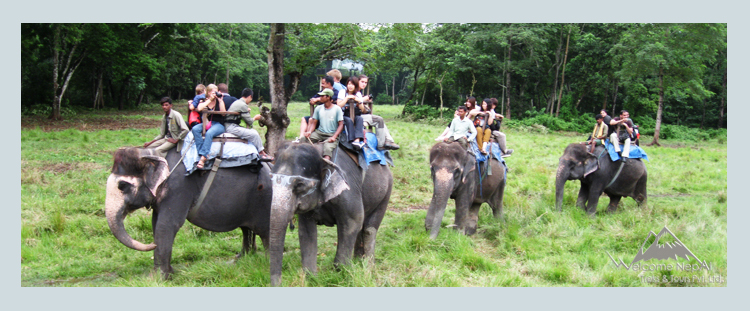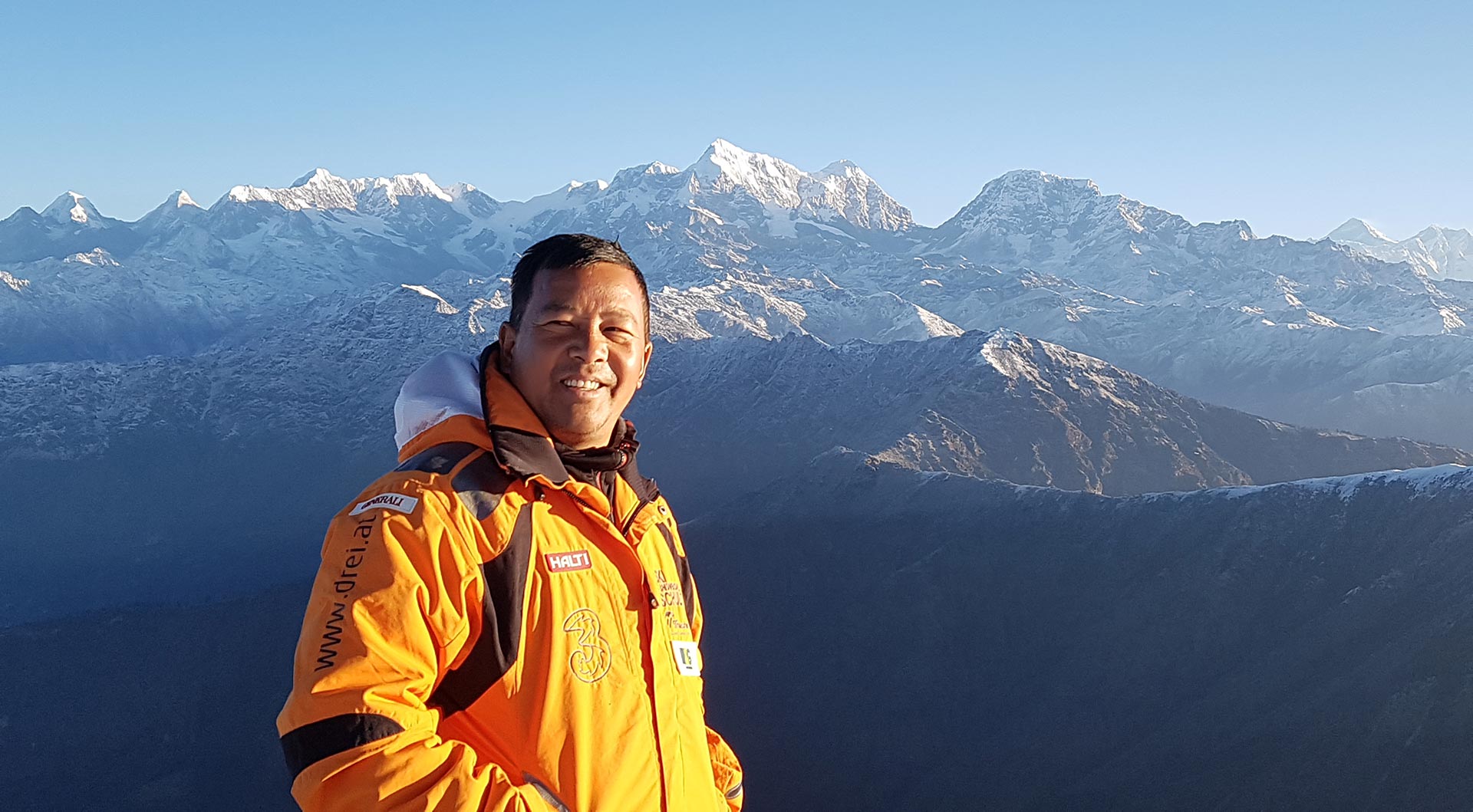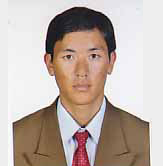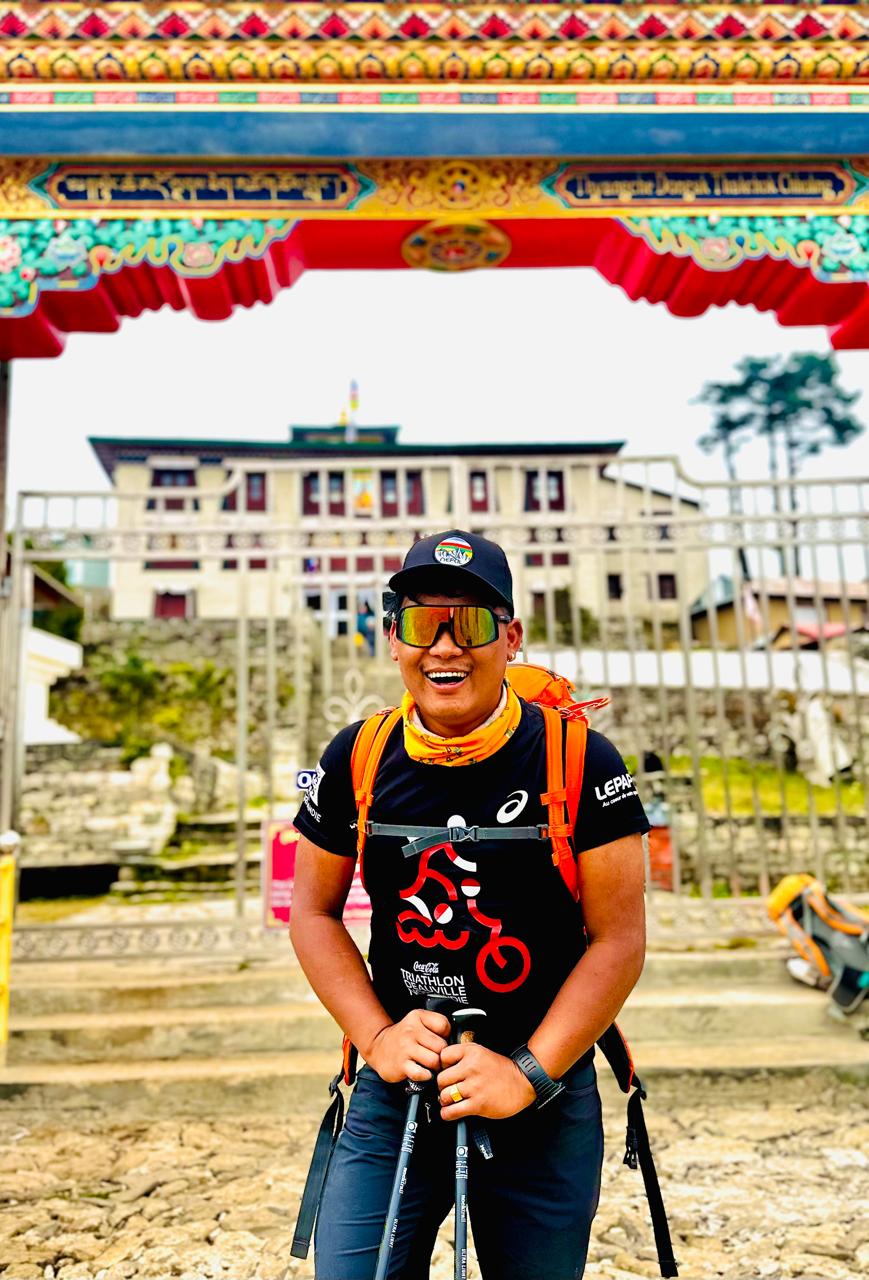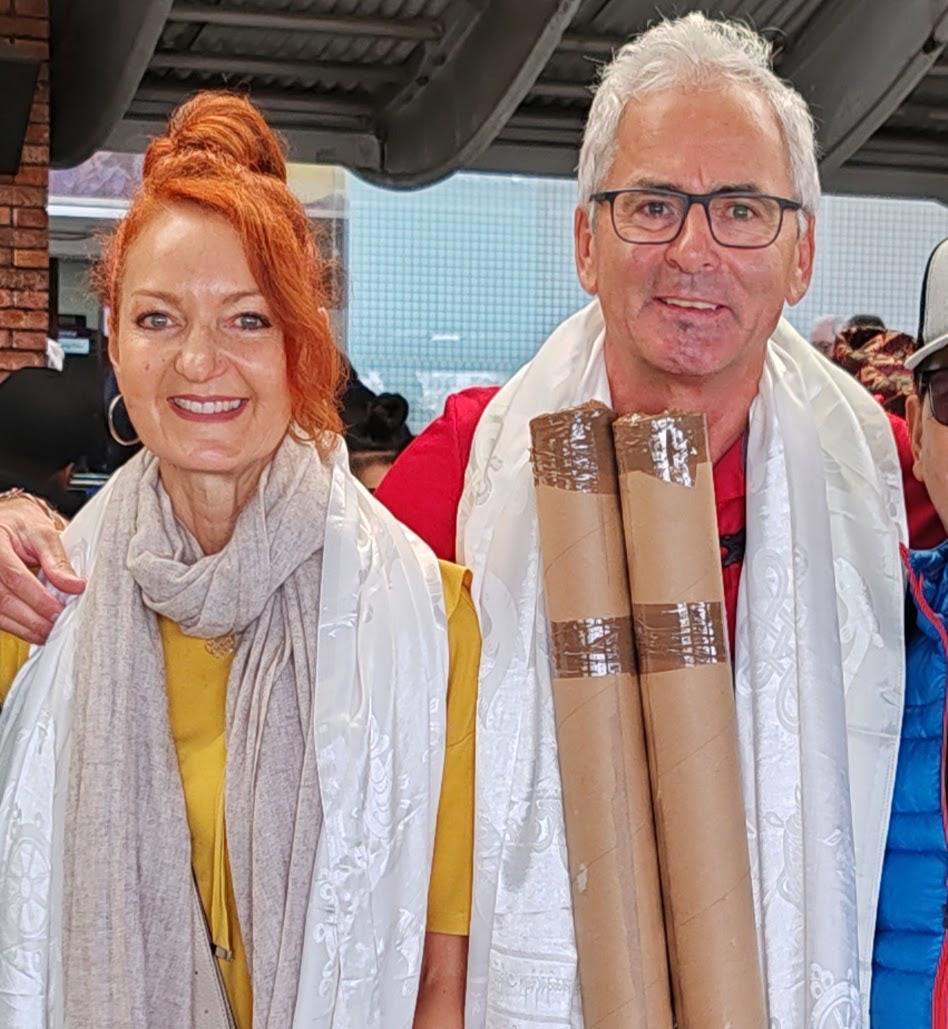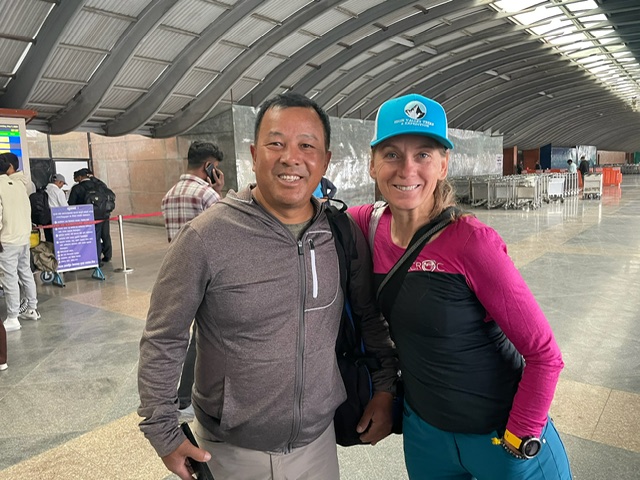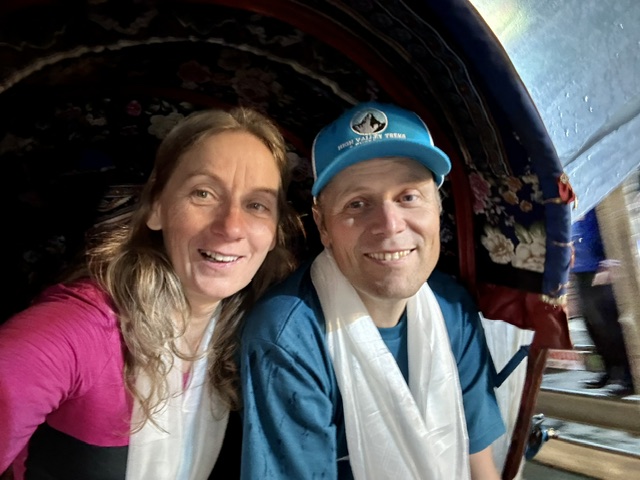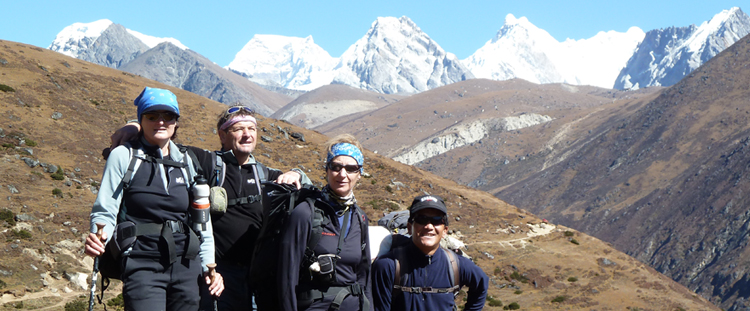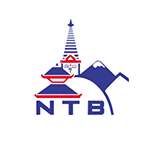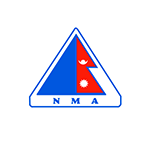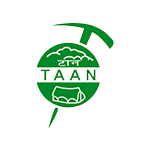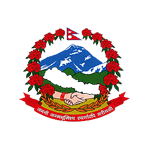Overview
Lumbini is the traditional birthplace of Gautama Buddha, the founder of Buddhism, who was born in the 7th or 6th century BC.
According to Buddhist tradition, Maya Devi (or Mayadevi) gave birth to the Buddha on her way to her parent’s home in Devadaha in the month of May in the year 642 BC. Feeling the onset of labor pains, she grabbed hold of the branches of a shade tree and gave birth to Siddharta Gautama, the future Buddha. The Buddha is said to have announced, “This is my final rebirth” as he entered the world. Buddhist tradition also has it that he walked immediately after his birth and took seven steps, under each of which a lotus flower bloomed.
In 249 BC, the Buddhist convert Emperor Ashoka visited Lumbini and constructed four stupas and a stone pillar. Ashoka’s Pillar bears an inscription that translates as: “King Piyadasi (Ashoka), beloved of devas, in the 20 year of the coronation, himself made a royal visit, Buddha Sakyamuni having been born here, a stone railing was built and a stone pillar erected to the Bhagavan [“blessed one”] having been born here. Lumbini village was taxed reduced and entitled to the eight part (only)”.
Monasteries and temples were built at Lumbini until the 9th century, but Buddhism declined in the area after the arrival of Islam and later Hinduism. All that remained was a sculpture, revered by local women as a fertility symbol. The garden of the Buddha’s birth was lost for a thousand years.
MORE INFORMATION AND LUMBINI TOUR PROGRAM ITINERARY
The site was rediscovered in 1895, when a German archaeologist came upon Ashoka’s Pillar, identified by its inscription. Records made by the Chinese pilgrim Fa Xian were also used in the process of identifying this religiously acclaimed site. Lumbini was designated a UNESCO World Heritage Site in 1997.
Lumbini is in west-central of Nepal near the Indian border. It is not terribly easy to get to, and the site does not receive a large amount of visitors. Most pilgrims to Lumbini come from Southeast Asia, Japan and Tibet, but westerners come regularly as well.
Immigration Offices, under Department of Immigration have been facilitating tourists flying to Nepal by providing Visa on Arrival. 'On Arrival' visa procedure is very quick and simple. You can expect some queues during peak Tourist season. If you wish to skip those queues, you can also consider getting Visa from Nepalese Diplomatic Missions stationed abroad prior to your arrival. Choice is yours.
Visas obtained on Arrival at the Entry and Exit points are 'Tourist Visas'. They bear multiple Re entry facility. Tourist Visa 'On Arrival' is the only entry visa to Nepal. If you are visiting Nepal for the purposes other than Tourism (sightseeing, tour, travel, mountaineering, trekking, visiting friends and families), you should still get ' Tourist Visa' to get into the country. However, you must change the category of visa as per your purpose and length of stay in Nepal from Department of Immigration by producing required documents.



